Migrating to PostLab 2.0
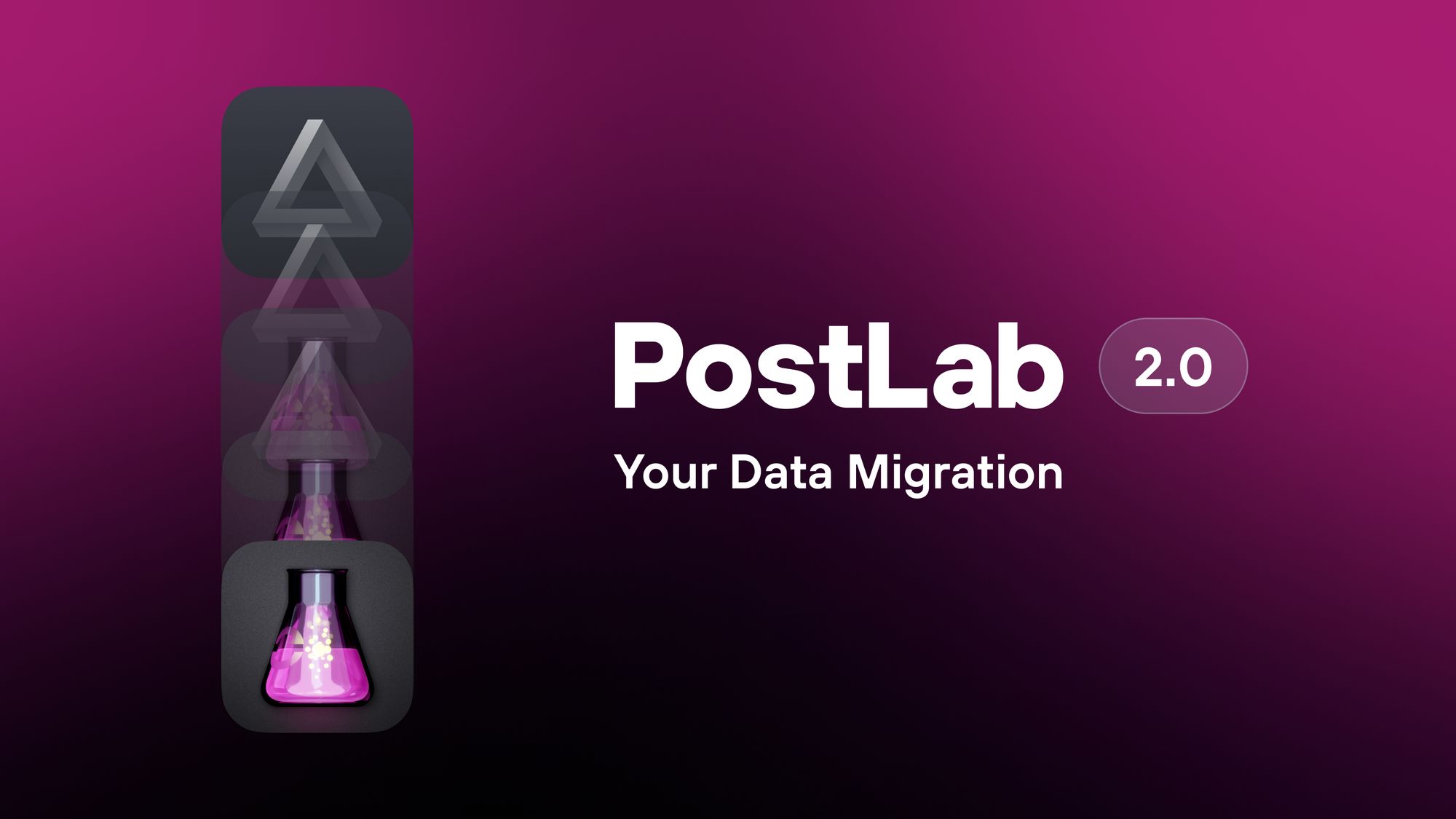
To help with understanding the implications of moving from PostLab Classic to PostLab 2.0, we’ve put together a FAQ that should help answer many questions, plus a Getting Started with PostLab 2.0 blog.
Migrating
For technical reasons, we have a hard limitation on how long we can keep PostLab's servers running, so we would like to engage all our existing users in a migration plan from PostLab Classic and PostLab Drive to PostLab 2.0 with your choice of storage.
In PostLab Classic, you now have the ability to download your existing libraries and project. Whilst the Project files from Classic cannot be imported into PostLab 2.0, you can create Collections in PostLab 2.0 by importing libraries and assets from your previous projects. To keep them working, we advise you “don’t cross the streams". Finish existing projects in PostLab Classic, and start new ones in PostLab 2.0. This way, you can keep your essential work moving ahead while building your new workflow in the new version and figuring out the best way to manage the new features in a non-mission critical, and stress-free way.
Your migration should be an exploration, not a headache, and if you follow the instructions below on how to migrate, everything should flow just fine.
We want to ensure a smooth transition for you and your team with time and consideration. As PostLab 2.0 offers much more flexibility when it comes to storage, it's most important to first decide on where to migrate to. As you're currently a remote team, that's very likely cloud but there are more options.
Here’s a quick rundown of our current recommendations for the best storage depending on your needs:
Direct Attached Storage - SSD or RAID
Sometimes, you’re your own best collaborator but just need help managing projects and versioning on a drive locally attached to one machine. PostLab 2.0 makes this a breeze. With PostLab Pro, you can easily use the same event across multiple libraries, this can really add the efficiency of management for branding, regionalization, and SFX.
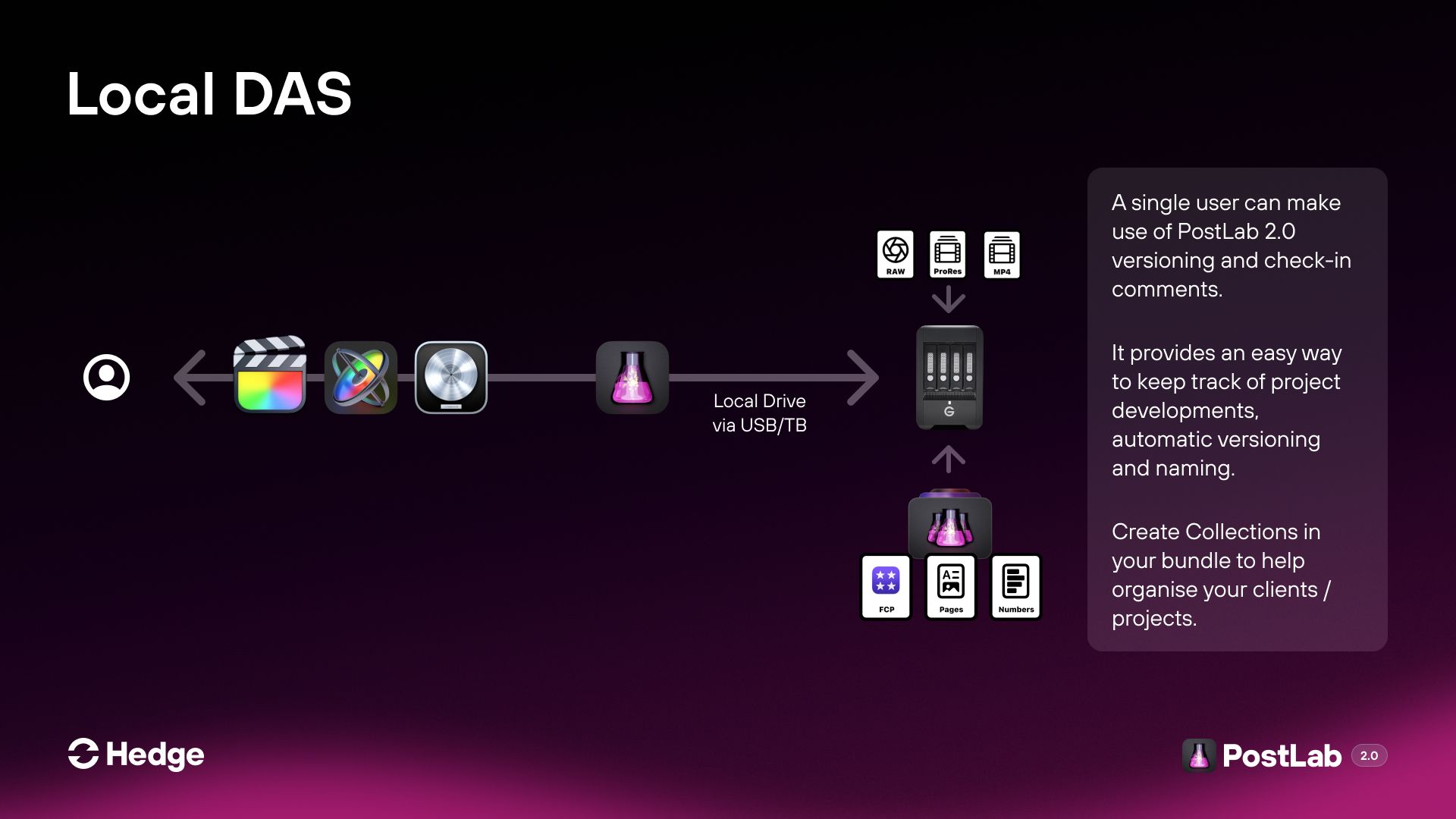
Shared Storage - NAS or SAN
Using an existing NAS or SAN to centralize both Team Bundles and media files with PostLab 2.0 providing the locking, versioning, and activity logging. The storage’s own permissions are used to manage user Read and Write access rights.
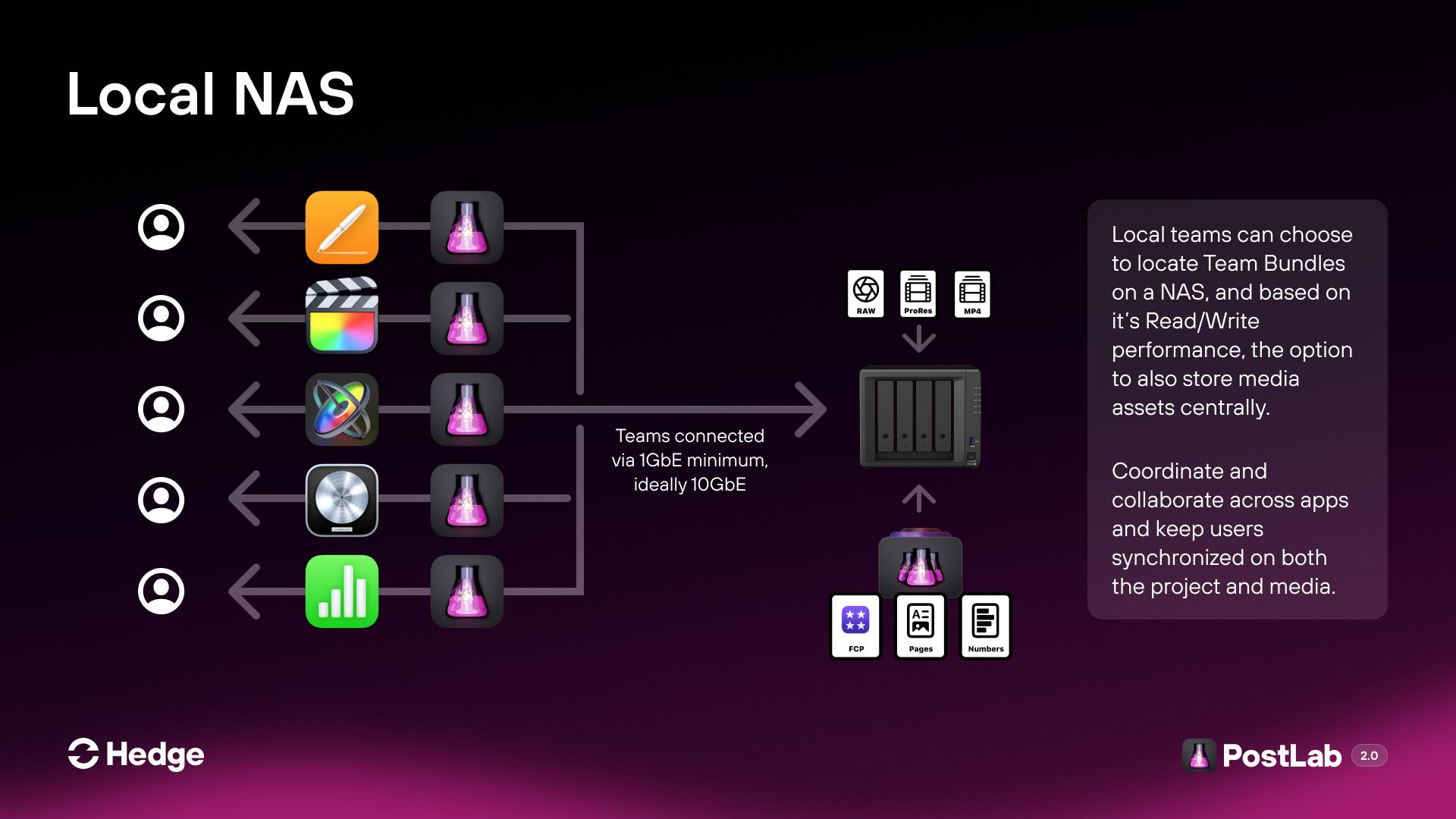
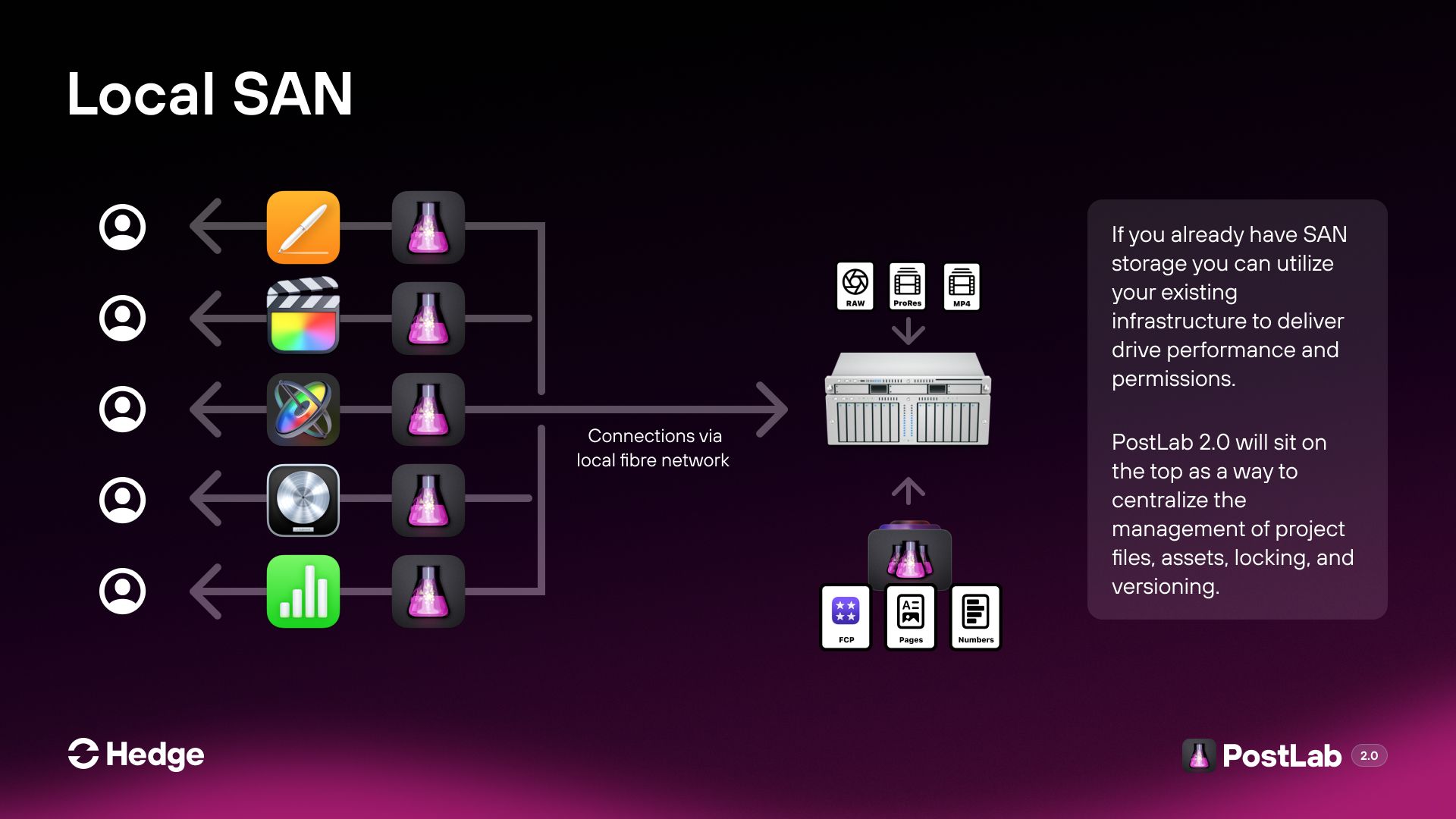
Cloud - LucidLink
Since Drive was co-developed with LucidLink, you can still enjoy the same direct cloud editing experience by using PostLab 2.0 with a LucidLink Filespaces. This functionality was available in PostLab Classic with the Team and Enterprise tiers. For PostLab 2.0, you will need the Pro version. The Early Access version includes all Pro functionalities for you to try out. This workflow is particularly useful for dispersed and remote teams. By keeping both your Team Bundle and media in the cloud, your team can edit directly from the cloud with no playback delay or latency. This setup also supports features like pinning. LucidLink offers various cloud storage pricing, and the minimum capacity is 1TB.
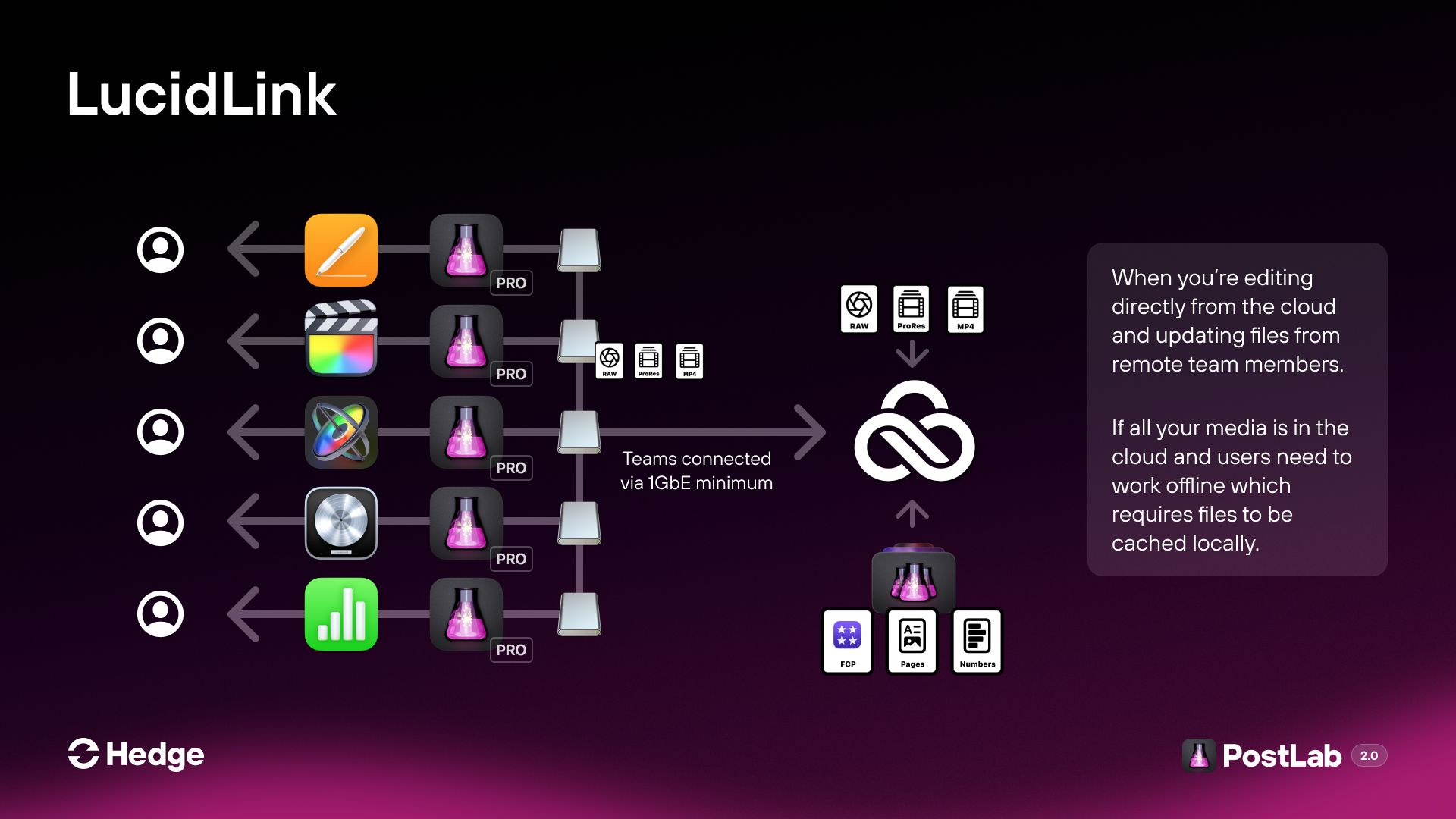
Hybrid -Bundles in the Cloud
Working with just your Team Bundles saved to a cloud location opens up a wealth of workflow options. With a centralized location, they can all access the locking, versioning, and hand-over comments globally in cloud storage. Editors can then use their storage of choice, such as locally attached drives (DAS) or a team NAS for media.
Once the media is relinked PostLab 2.0 remembers the individual user's configuration so you can eliminate the need to relink. The workflows are illustrated here with LucidLink Filespaces but as we continue to develop the bring your own storage concept we’ll be providing more options to support these hybrid workflows.
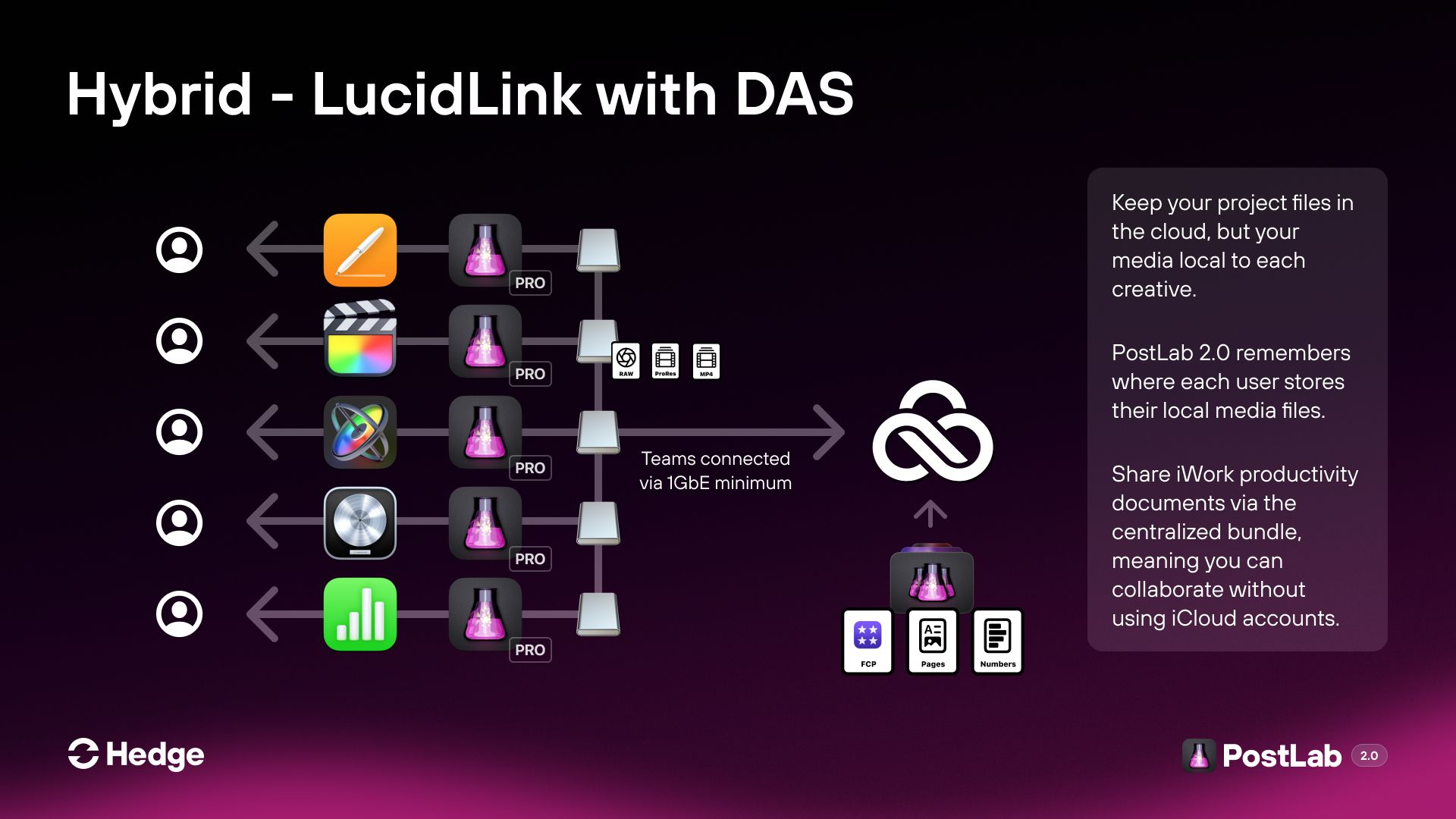
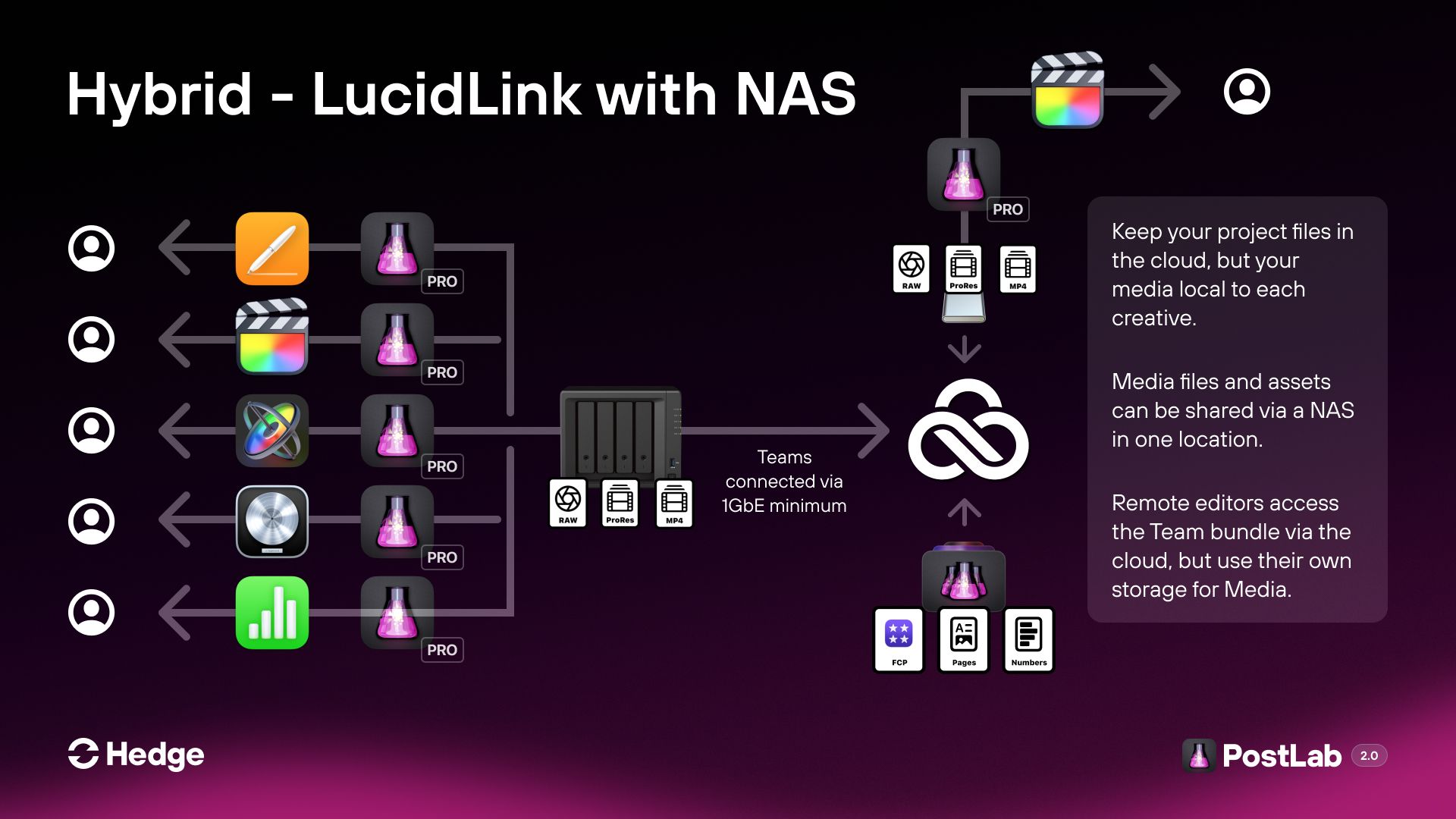
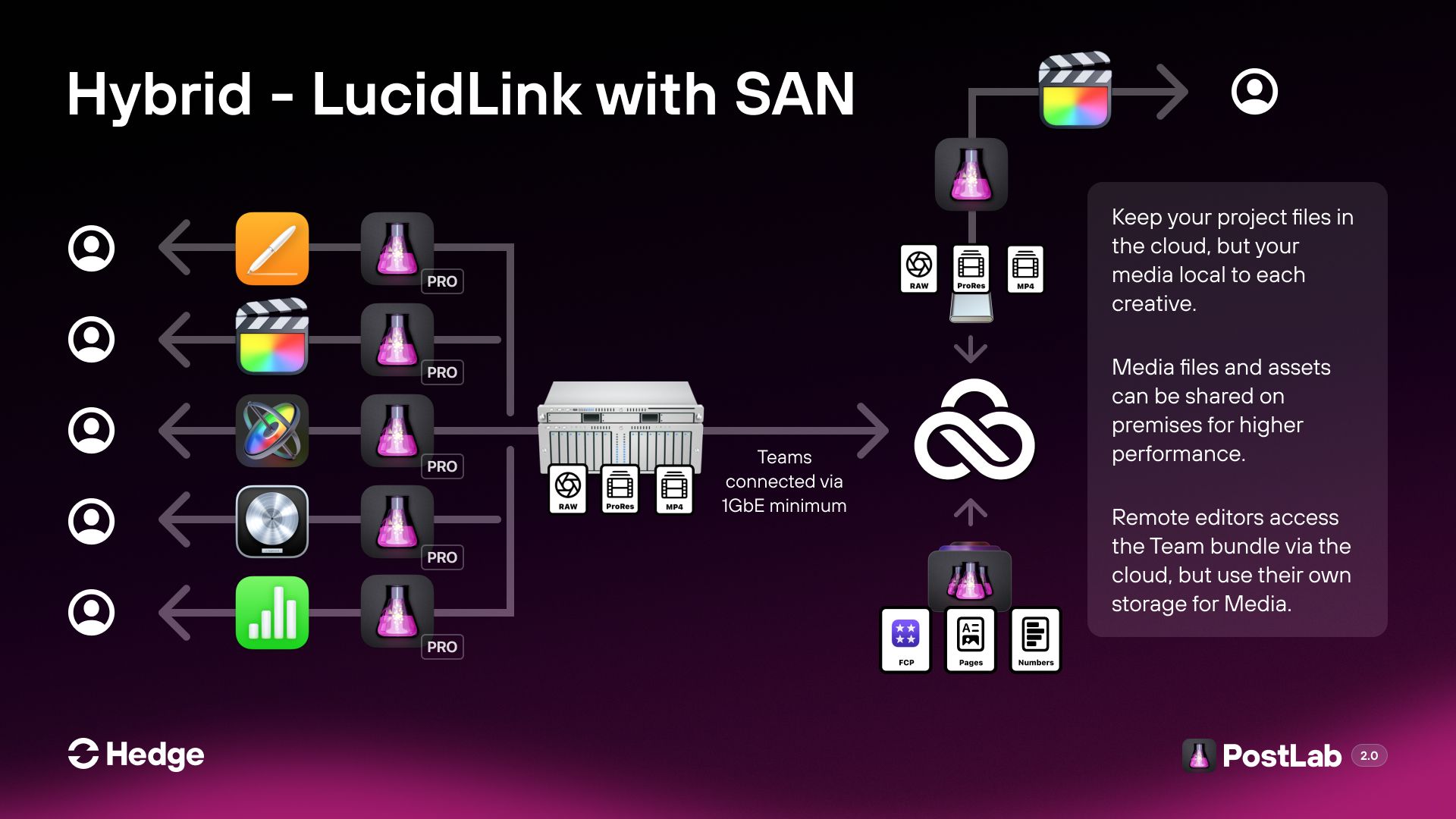
We want to support every user in testing the new version and planning your migration by August 2024. As mentioned in our previous blog, we're forced to sunsetting the current PostLab and Drive by the end of 2024. We plan to have you migrated before the end of October.
To help you navigate these changes and updates, join us for a workflow webinar on June 18th, 2024 - we'll email you the details later. We'll explore some of the workflows we showcased at NAB in Las Vegas and address any questions or feature requests. You can also reach out to us at postlab@hedge.video for specific questions relating to your workflow so we can help with any transition planning or understanding of the benefits of PostLab 2.0.
We still have a lot planned, but we wanted to engage our existing users first. You’ll get access to all the features first, and following the webinar, we’ll provide some exclusive pricing for PostLab 2.0 and new storage options so you don’t need to rush into migrating data.
It’s time to start planning your transfer to PostLab 2.0, today.
